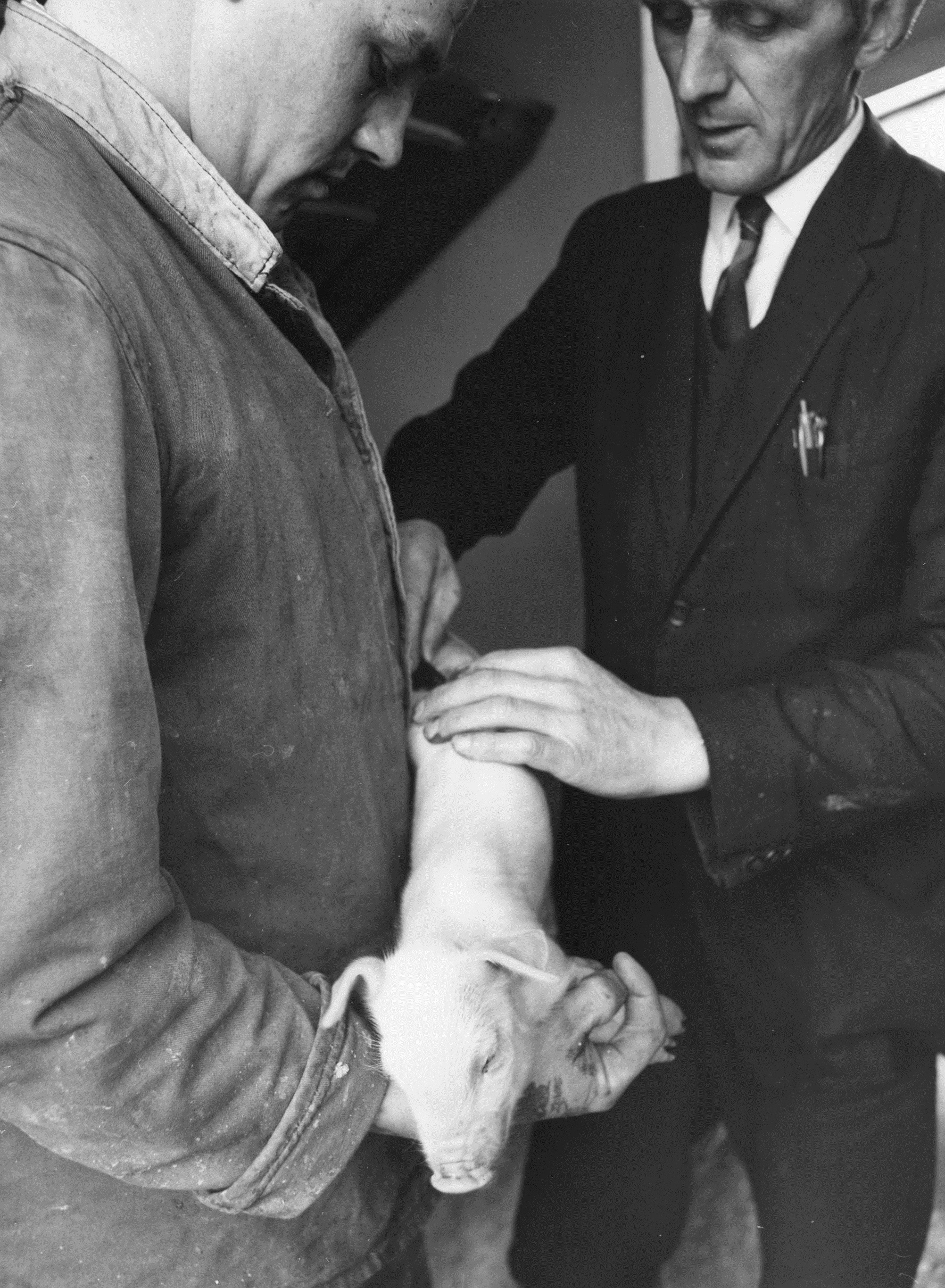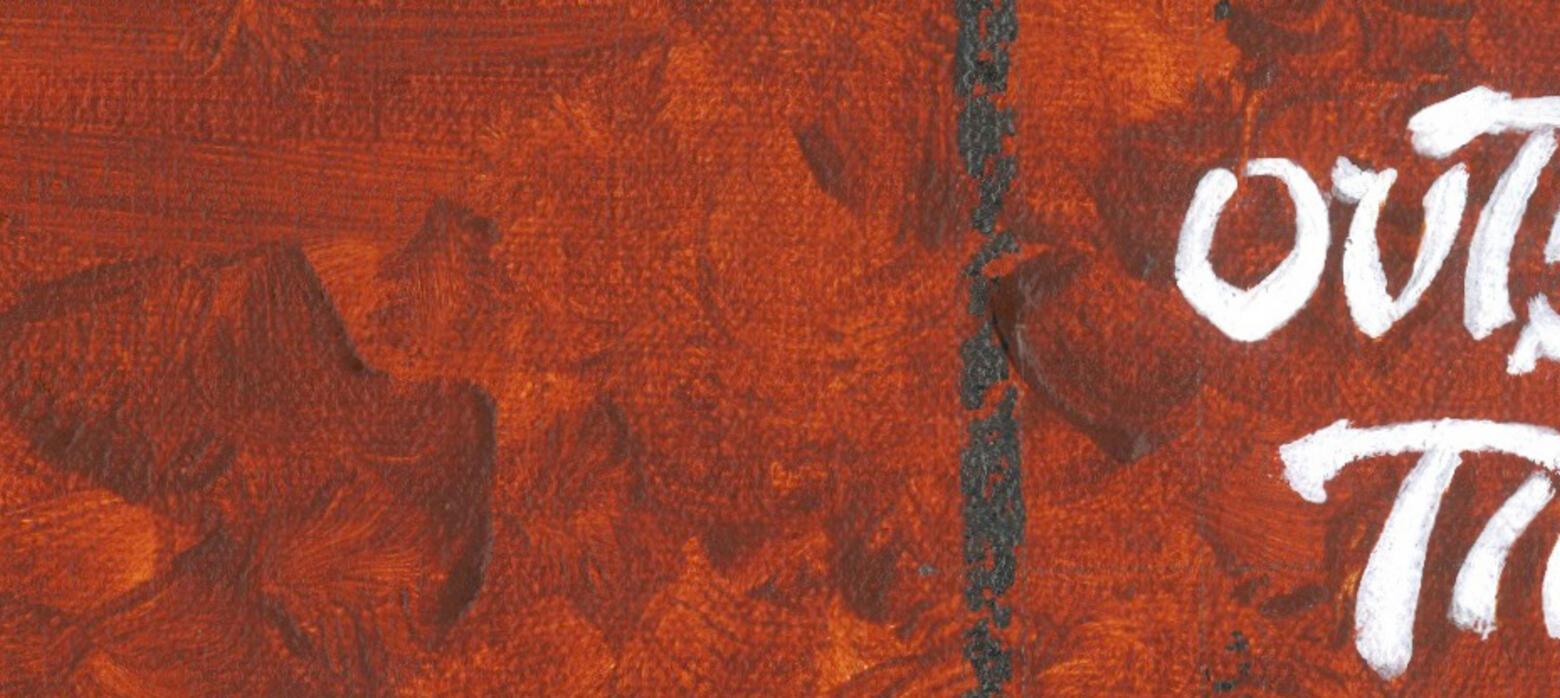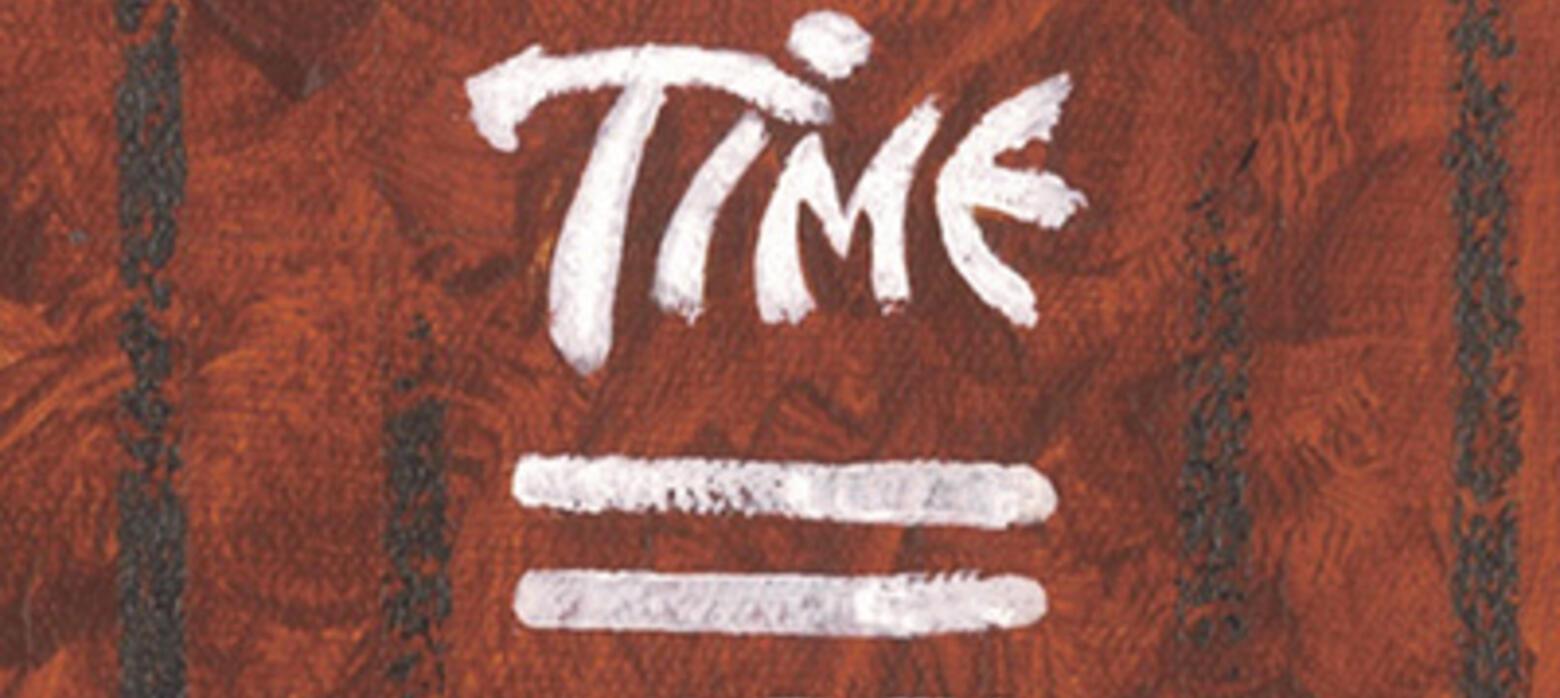A Personal History of Prison Horticulture
/ Pastel Society
A conversation about the healing power of prison horticulture and the symbolism of stories with Hannah Wright, author of Outside Time and artist Brian Dunce PS.
It’s hard to believe that Britain’s prison system was once completely self-sufficient. Just twenty-five years ago, HMP Farm & Gardens employed 2,000 prisoners annually, generating a profit of over £3 million and producing enough food to feed 47,000 inmates three times a day. Not only did these farms provide a source of work and food for inmates, they also created a sense of duty, responsibility and care that was crucial to the prisoner’s peace of mind. Prison farms have since become a thing of the past. As the UK became an increasingly urban nation and privatisation took hold, agricultural work waned. This shift was reflected in prisons, with a large number of farms being sold.
Hannah Wright, an environmental psychologist and author, has recorded this untold history in a new book called Outside Time. Charting the rise, decline and revival of prison farming, Wright begins with the establishment of the first prison farm in Dartmoor in 1852 and continues right up to the present. An ardent champion of agriculture as therapy, Wright explains, “It was designed around working the land because it was seen as being good for your health, good for your constitution.

Outside Time by Hannah Wright
Outside Time was brought to our attention by one of our artists Brian Dunce. A longtime friend of Wright, Dunce volunteered himself to design the cover. The result is a testament to the pair’s deep friendship and the artist's talent for interpreting stories in a visual way.
The cover is heavily imbued with multiple layers of symbolism and metaphor which emerged from several conversations between Wright and Dunce. Its muddy garnet colouring is a nod to Bev’s passion for a particular rare breed of cattle called Lincoln Red. “As the name suggests it has a very beautiful colouring and Brian took the colour and texture of the fur of the animal and incorporated it into the painterly strokes,” Wright explains.
The lines which traverse the cover are deliberately ambiguous. While they might, most obviously, be perceived to be prison bars, the author points out that they also resemble furrows in the earth. “The references to land are implicit in it.”
Wright describes Dunce as having an “encyclopedic knowledge” of typography. “What I chose was hand lettering and it was based on something that Picasso had written, which was a cover for one of his books and I restyled it,” explains the artist. “This was partly because it was brush lettering, rather than tap style. I wanted again something that might be associated with the way something would be roughly written on a wall.” It’s also a reference to an old photograph Wright found at the National Justice Museum archive which depicts prisoners walking back to Dartmoor prison. “They’re wearing these dark donkey jackets and on the back it says, ‘DP’ meaning Dartmoor Prison and there are three horizontal lines which symbolically meant that they were allowed outside of the gates. If they had patches sewn onto their clothes then they weren’t allowed outside. I really liked that symbolism and that style; the white lettering painted on,” Wright recalls.

A prisoner and member of staff examine a piglet. Image Credit: National Justice Museum, Nottingham.
Wright tackles the subject from a personal perspective – her father, Bev, worked for the prison service, and so she grew up on prison farms. It was the death of her father which triggered Wright’s desire to write the book. She distinctly remembers a visit from Bev’s former boss a week before he passed away. “The two of them talked about this extraordinary history that had existed but no one had catalogued,” Wright recalls. It was at the funeral, meeting many of her father’s old colleagues, that she realised this was a “one-off opportunity to approach these people which I would not have had under other circumstances.” She spent the next two years interviewing them and collecting material.
The result is a book which is part memoir, part social history and part tribute to her father. She writes of a childhood spent on prison farms interwoven with detailed research into the history of prison farming and growing. Wright explores the therapeutic nature of gardening and the way that caring for animals is therapeutic for even the most hardened of criminals.

Unaccompanied prisoners carrying milk pails as they return to Dartmoor prison 'DP', March 1957. Image Credit: National Justice Museum, Nottingham.
In the book’s foreword, Lord David Ramsbotham, HM Chief Inspector of Prisons (1995-2001) writes of his hopes “that Outside Time will be read by those currently responsible for a prison system that is disfigured by the amount of time prisoners have to spend locked up inside their cell, which is no place for picking up skills that are essential if they are to live useful and law-abiding lives on release.”
It seems that Ramsbotham’s wish may have been somewhat prophetic. Today, Wright tells me, the book is used widely in prison as a reference text by those interested in reintroducing farming into the system. A development she hopes will continue. Wright concludes, “It’s putting growth at the centre of life again.”
Outside Time is available to buy at the special price £12.99 at www.hanwrights.com
You can contact Brian Dunce PS about paintings and commissions here


